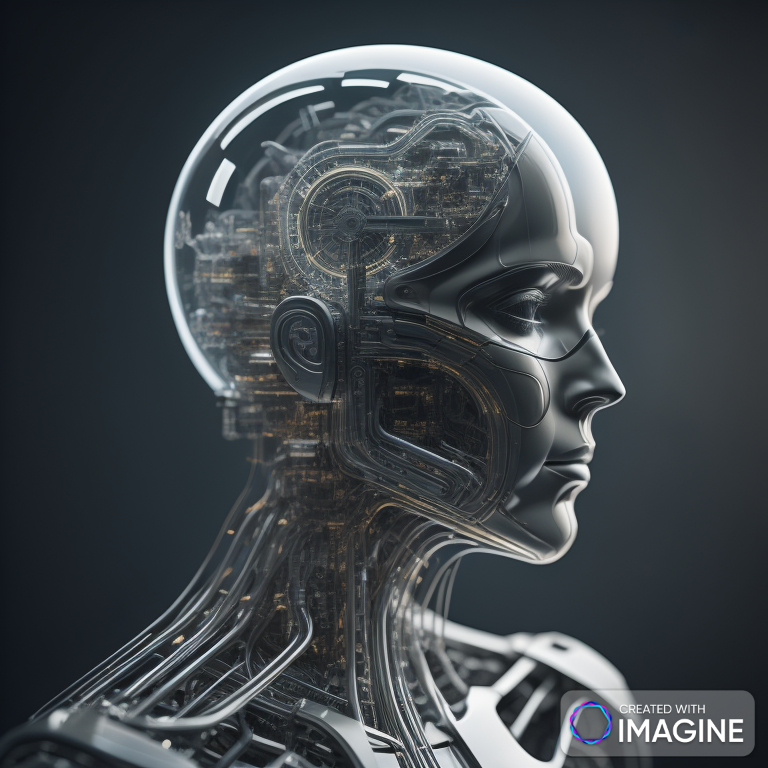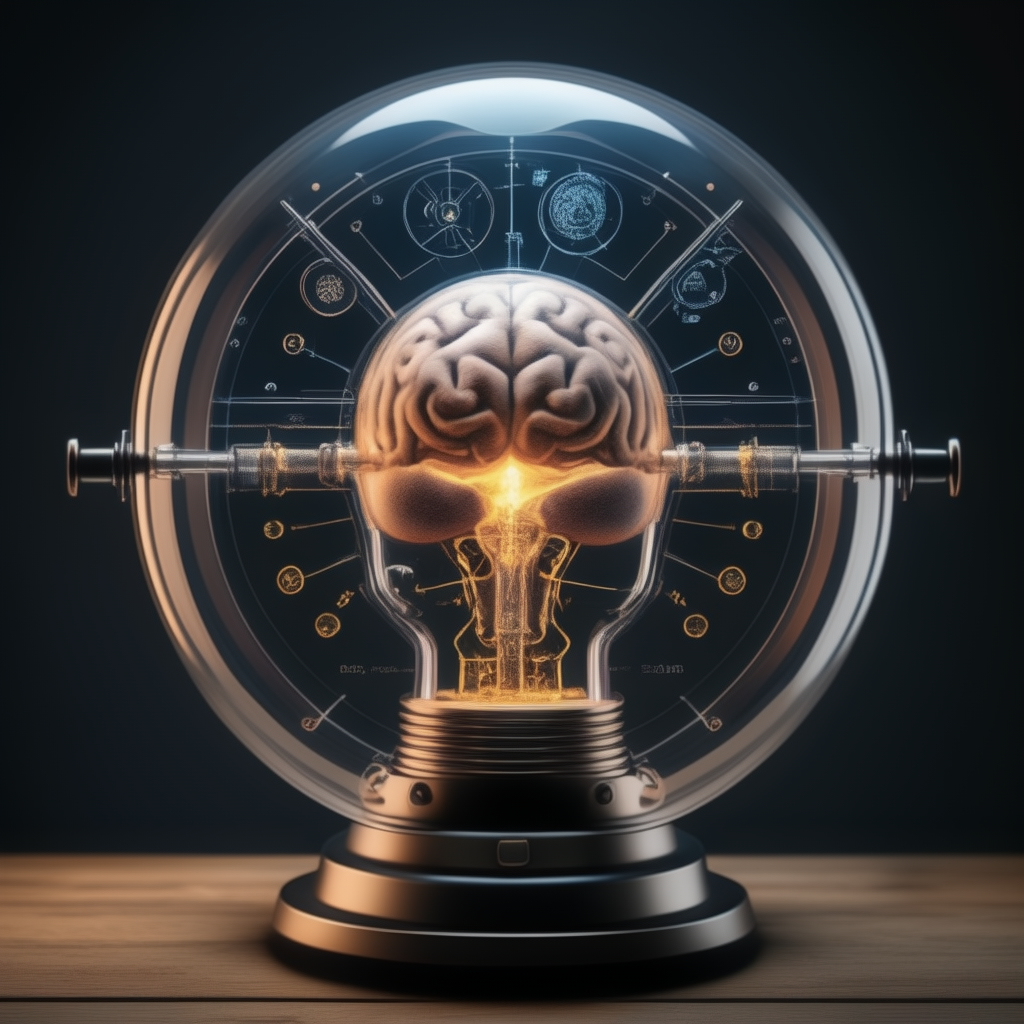In recent years, the field of speech recognition has witnessed significant strides, evolving from experimental prototypes to practical applications that seamlessly integrate into our daily lives. The deployment of practical speech recognition systems marks a turning point, where the once futuristic concept becomes a tangible and impactful reality.
Understanding the Landscape
Speech recognition technology has come a long way since its inception. Early systems struggled with accuracy, limited vocabulary, and computational constraints. However, with advancements in machine learning, particularly the rise of deep neural networks, the capabilities of speech recognition have been revolutionized. These developments have paved the way for the deployment of practical systems that can accurately transcribe and understand human speech across various contexts.
Key Components of Practical Speech Recognition Deployment
1. Deep Learning Models:
At the heart of practical speech recognition systems are sophisticated deep learning models. Neural networks, especially recurrent neural networks (RNNs) and convolutional neural networks (CNNs), have demonstrated remarkable performance in capturing the nuances of human speech patterns. This allows for more accurate and context-aware transcription.
2. Large Datasets:
The availability of extensive and diverse datasets has played a crucial role in training robust speech recognition models. These datasets encompass a wide range of accents, languages, and environmental conditions, ensuring that the deployed systems can effectively handle real-world scenarios.
3. Real-time Processing:
Practical deployment requires not only accuracy but also speed. Real-time processing capabilities enable speech recognition systems to provide instant responses, making them suitable for applications such as voice assistants, transcription services, and more.
4. Adaptability:
A key feature of practical speech recognition is adaptability to different domains and industries. Whether in healthcare, finance, or customer service, these systems can be fine-tuned to understand domain-specific terminology and context, enhancing their applicability across diverse sectors.
Applications in Everyday Life
1. Voice Assistants:
Practical speech recognition has transformed the way we interact with technology through voice assistants like Siri, Alexa, and Google Assistant. These systems not only understand spoken commands but also learn and adapt to user preferences over time.
2. Transcription Services:
The deployment of accurate and efficient speech recognition systems has streamlined the transcription process. From meetings to interviews, these systems save time and enhance productivity by converting spoken words into text seamlessly.
3. Accessibility Solutions:
Speech recognition has become a game-changer for individuals with disabilities. The deployment of practical systems empowers users to control devices, compose messages, and access information through voice commands, fostering inclusivity.
Fine-tuning for Accents and Dialects:
One of the challenges in practical speech recognition lies in accommodating diverse accents and dialects. Systems are now being fine-tuned to recognize and adapt to variations in pronunciation, ensuring inclusivity and effectiveness across global user bases.
Multilingual Capabilities:
The deployment of speech recognition technology is not limited to a single language. Advancements in multilingual models enable systems to seamlessly switch between languages, catering to the linguistic diversity of users in different regions.
Edge Computing for On-device Processing:
To address concerns related to privacy and reduce reliance on constant internet connectivity, there is a growing trend towards deploying speech recognition models on edge devices. On-device processing enhances user privacy and allows for quicker response times, making the technology more versatile and accessible.
Continuous Learning Mechanisms:
Practical speech recognition systems are incorporating continuous learning mechanisms. This means that the models can adapt and improve over time by learning from user interactions, feedback, and new data, ensuring a dynamic and evolving user experience.
Integration with Other Modalities:
To enhance contextual understanding, speech recognition is increasingly being integrated with other modalities such as image recognition and natural language processing. This multimodal approach enables more comprehensive interactions in applications like virtual reality, augmented reality, and human-computer interaction.
Industry-specific Customization:
Different industries have unique terminology and jargon. Practical speech recognition systems are now designed to be customizable for specific industries, allowing for more accurate transcriptions and interactions in sectors such as legal, medical, and technical fields.
Emotion Recognition and Sentiment Analysis:
Beyond transcribing words, advanced speech recognition systems are incorporating emotion recognition and sentiment analysis. This adds another layer of understanding, enabling applications to discern not just what is said but also how it is said, opening up possibilities in customer service, mental health applications, and more.
Robustness to Environmental Variability:
Real-world environments can be unpredictable, with varying levels of background noise and ambient conditions. Practical speech recognition systems are being engineered to be robust in such scenarios, employing noise cancellation techniques and adapting to different environmental challenges.
Hybrid Approaches:
Some practical deployments leverage hybrid approaches that combine rule-based systems with machine learning models. This hybridization allows for a more nuanced understanding, especially in specialized domains where explicit rules are crucial.
Ethical Considerations:
As speech recognition becomes more ubiquitous, ethical considerations around user privacy, data security, and potential biases in the models are gaining prominence. The deployment of these systems necessitates a careful balance between technological innovation and ethical responsibility.
Neural Architecture Advancements:
Ongoing research is exploring novel neural network architectures, such as transformer-based models, to further improve the efficiency and performance of speech recognition systems. These architectures enable better capturing of long-range dependencies and enhance the overall understanding of context within spoken language.
Adaptive Learning Rates and Regularization Techniques:
To enhance the training process, adaptive learning rate algorithms and regularization techniques are being employed. These techniques contribute to the stability and convergence of deep learning models, ultimately improving the accuracy and generalization capabilities of practical speech recognition systems.
Cross-Modal Transfer Learning:
Cross-modal transfer learning involves leveraging pre-trained models from related tasks, such as natural language processing or image recognition, and fine-tuning them for speech-related tasks. This approach benefits from the knowledge acquired in other modalities, leading to more effective and efficient speech recognition models.
Quantum Computing Applications:
Exploration into the applications of quantum computing for speech recognition is underway. Quantum computing’s parallel processing capabilities hold the potential to significantly accelerate the computations involved in training and deploying large-scale speech recognition models.
User Personalization and Adaptation:
Practical speech recognition is evolving towards personalized user experiences. Systems are being designed to adapt not only to general linguistic variations but also to individual users’ speech patterns, vocabulary, and preferences, providing a more tailored and user-friendly interaction.
Interoperability and Standardization:
Efforts are being made to establish interoperability standards, ensuring that speech recognition systems can seamlessly integrate with various platforms and devices. Standardization facilitates a smoother deployment process and promotes a more cohesive user experience across different applications.
Dynamic Language Model Switching:
To handle multilingual scenarios more efficiently, systems are incorporating dynamic language model switching. This allows the speech recognition system to recognize and switch between different languages within the same conversation or context, enhancing versatility and user convenience.
Edge-to-Cloud Collaboration:
A hybrid approach that combines edge computing with cloud resources is becoming prevalent. Edge devices handle real-time processing for quick responses, while the cloud provides additional computational power for more complex tasks, creating a balanced and scalable deployment architecture.
Biometric Identification Integration:
Practical speech recognition is extending beyond transcription and command recognition to include biometric identification. Voiceprints are unique to individuals, and incorporating this feature enhances security measures in applications like authentication and access control.
Explainability and Transparency:
As these systems become integral parts of decision-making processes, there’s a growing emphasis on making speech recognition models more interpretable. Explainability and transparency features are being incorporated to help users understand how decisions are reached and to address concerns related to the “black box” nature of deep learning models.
Energy Efficiency:
Efforts are underway to enhance the energy efficiency of speech recognition systems, especially on resource-constrained devices. Optimizations in model architecture and inference algorithms contribute to minimizing the computational load and energy consumption, making the technology more sustainable.
Transfer Learning for Low-Resource Languages:
To address challenges in low-resource language recognition, transfer learning techniques are being applied. Pre-trained models on high-resource languages are adapted to recognize patterns in low-resource languages, overcoming data scarcity issues and expanding the reach of speech recognition technology.
Robustness to Adversarial Attacks:
As with other machine learning applications, speech recognition systems face potential vulnerabilities to adversarial attacks. Ongoing research focuses on developing models that are robust against deliberate manipulations of audio inputs, ensuring the security and reliability of deployed systems.
Cognitive Load Considerations:
Understanding the cognitive load imposed on users during interactions with speech recognition systems is crucial. Design principles are being refined to minimize cognitive effort, ensuring a seamless and natural user experience without overwhelming users with complex commands or interactions.
Real-world Feedback Loops:
Practical deployment involves establishing feedback loops that connect users with developers. Real-world usage data, user feedback, and system performance metrics are continuously analyzed to identify areas for improvement, driving iterative enhancements in both hardware and software components.
Privacy-Preserving Techniques:
Addressing concerns related to user privacy, cryptographic techniques such as homomorphic encryption are explored. These techniques allow computations to be performed on encrypted data, ensuring that sensitive information remains protected even during speech recognition processing.
Collaboration with Healthcare Applications:
In healthcare, the deployment of practical speech recognition is transforming clinical workflows. Voice-enabled documentation systems allow healthcare professionals to capture patient information efficiently, reducing administrative burdens and improving overall patient care.
Integration with Wearable Technology:
The integration of speech recognition into wearable devices, such as smartwatches and augmented reality glasses, is expanding the possibilities for hands-free and on-the-go interactions. This integration enhances user convenience and accessibility across diverse environments.
Natural Language Understanding (NLU) Enhancements:
Practical speech recognition is evolving to include more sophisticated natural language understanding capabilities. Systems are designed to comprehend context, intent, and semantic nuances in user commands, enabling more natural and conversational interactions.
Incorporation of Reinforcement Learning:
Reinforcement learning techniques are being explored to fine-tune speech recognition models based on user feedback. These adaptive learning approaches enable systems to continuously improve and adjust their behavior based on the outcomes of previous interactions.
Crowdsourcing for Data Annotation:
To create diverse and comprehensive datasets for training speech recognition models, crowdsourcing platforms are utilized for data annotation. This approach leverages the collective intelligence of human annotators to ensure accuracy and contextual relevance in diverse linguistic scenarios.
Human-AI Collaboration in Content Creation:
Practical speech recognition systems are not just tools for transcribing spoken words; they are increasingly becoming collaborative partners in content creation. Writers and content creators use voice-to-text functionalities to streamline the process of drafting and editing written content.
Cross-Domain Adaptation:
Speech recognition systems are being developed with the capability to adapt across different domains seamlessly. This cross-domain adaptation ensures that models trained in one specific context can generalize effectively when applied to new and diverse domains.
Legal and Regulatory Compliance:
As speech recognition becomes integral to various industries, ensuring compliance with legal and regulatory frameworks is imperative. The deployment of these systems involves considerations such as data protection laws, industry-specific regulations, and standards for accessibility.
User Interface Design Considerations:
Practical deployment extends beyond the technical aspects to user interface (UI) design. Intuitive and user-friendly interfaces play a crucial role in maximizing the usability and acceptance of speech recognition systems across diverse user demographics.
Societal Impacts and Inclusive Design:
The deployment of speech recognition technology has broader societal impacts. Inclusive design principles are being emphasized to ensure that these technologies are accessible and beneficial to individuals with diverse abilities, fostering equity in their deployment.
Long-Term User Profiling:
Systems are evolving towards establishing long-term user profiles, allowing them to better understand individual preferences, habits, and linguistic idiosyncrasies. This personalized approach enhances the overall user experience and fosters a deeper connection between users and their voice-activated devices.
Combating Bias in Speech Recognition:
Addressing biases in speech recognition models is a critical consideration. Ongoing research and development focus on minimizing biases related to gender, ethnicity, and regional accents to ensure fair and unbiased interactions for all users.
Evolving Standards for Evaluation:
The field of speech recognition is continuously refining evaluation standards to measure system performance accurately. Benchmark datasets and evaluation metrics are updated to reflect real-world challenges, driving advancements in the robustness and reliability of deployed systems.
In navigating the expansive landscape of practical  deployment, these diverse considerations collectively contribute to the ongoing evolution of this transformative technology. From technical innovations to ethical considerations and societal impacts, the deployment of practical speech recognition is a multidimensional endeavor shaping the future of human-computer interaction.
deployment, these diverse considerations collectively contribute to the ongoing evolution of this transformative technology. From technical innovations to ethical considerations and societal impacts, the deployment of practical speech recognition is a multidimensional endeavor shaping the future of human-computer interaction.
In essence, the deployment of practical speech recognition is a multifaceted journey that involves addressing technical challenges, enhancing user experience, and ensuring responsible and ethical use of the technology in diverse applications and contexts. As the technology continues to evolve, its impact on our daily lives is bound to grow, ushering in a new era of human-computer interaction.








Your point of view caught my eye and was very interesting. Thanks. I have a question for you.